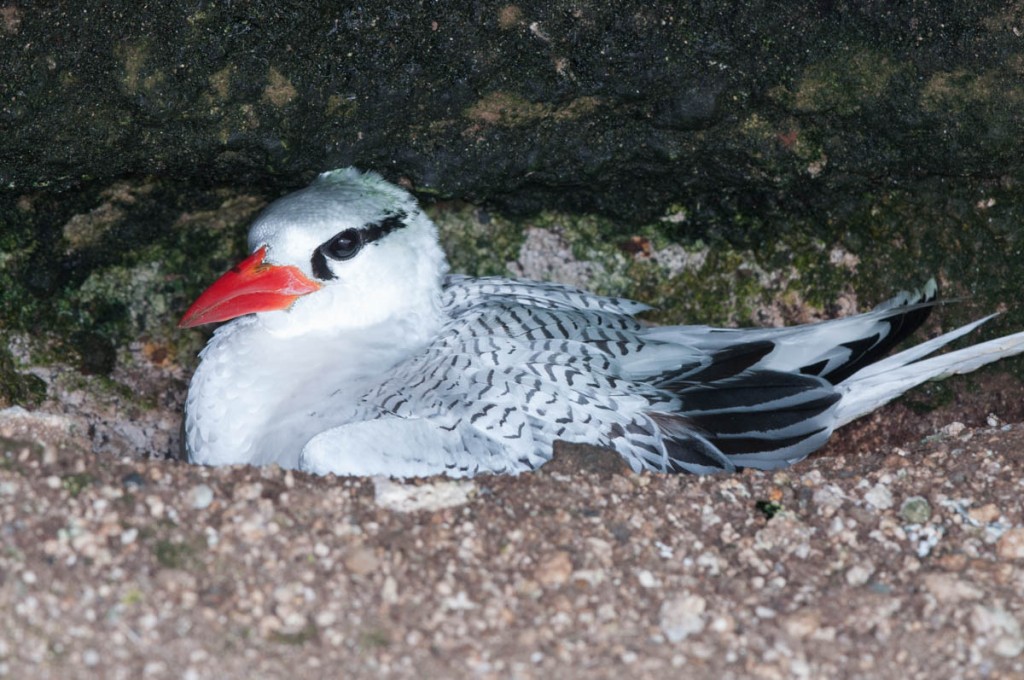On my first afternoon on Statia, Hannah and I spent some time on the beach at Zeelandia. The small cliff along the beach was very intriguing, with a layer of white pumice pebbles half a meter thick. Although we were ostensibly scouting for seabirds and any shorebirds that might be on the beach, we quickly turned to smaller creatures.
Like eastern-facing beaches on St. Martin and elsewhere in the Caribbean right now, Zeelandia beach is besieged by sargassum, the free-floating seaweed that the Sargasso Sea is named after. It seems that changing currents have brought these algae from their normal North Atlantic home in several recent years. Although unsightly and often smelly as it decomposes, the sargassum provides food for booming populations of amphipods.
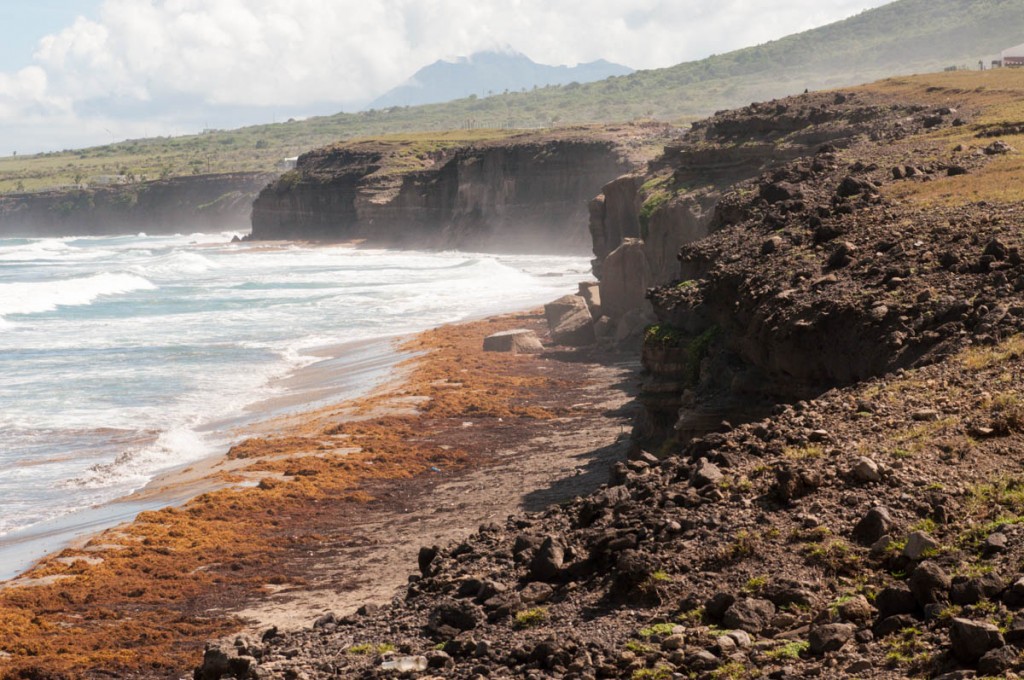
In shallow depressions on the beach full of sea water, the amphipods were swimming and then emerging onto land amongst the algae. Their transition from graceful swimming to slightly awkward hopping and crawling on land made it feel like I was watching early life emerge from the ocean to finally colonize the land.
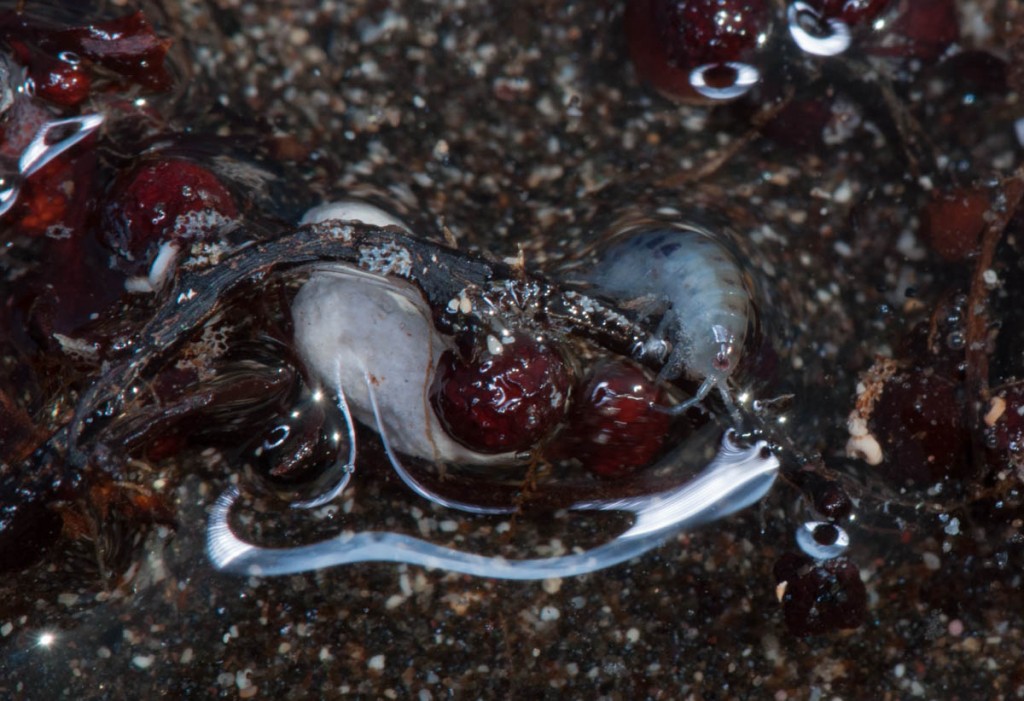
The soft, almost muddy cliff face at the edge of the beach turned out to be the home to many spiders and other arachnids. There were one or two species of large wolf spider, a couple species or color variations of jumping spider, an orb weaver and a few other small spider species. Some type of predatory mite was spearing tiny invertebrates, and we found giant pseudoscorpions ten times the size of any I had seen before (but still less than a centimeter long). It felt very much like exploring a cave, albeit a cave with just one wall.
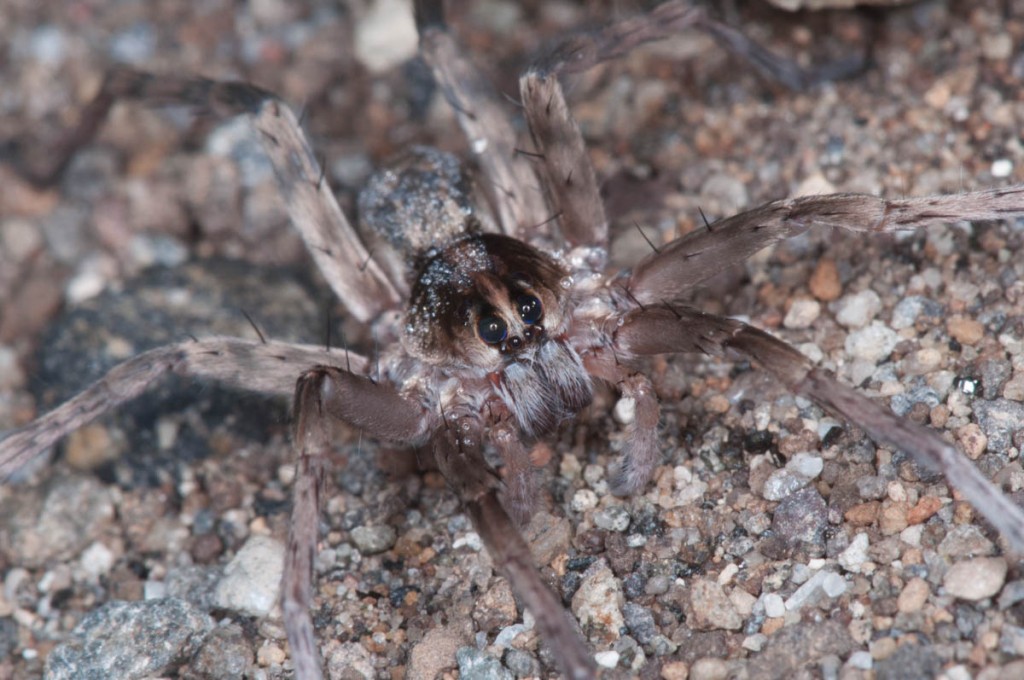
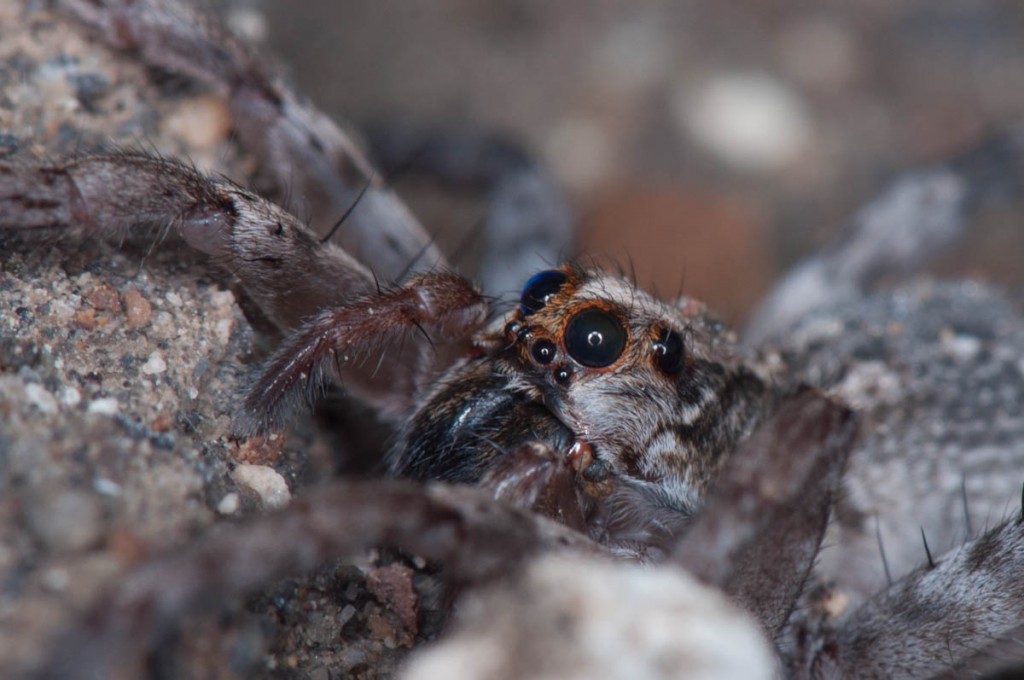
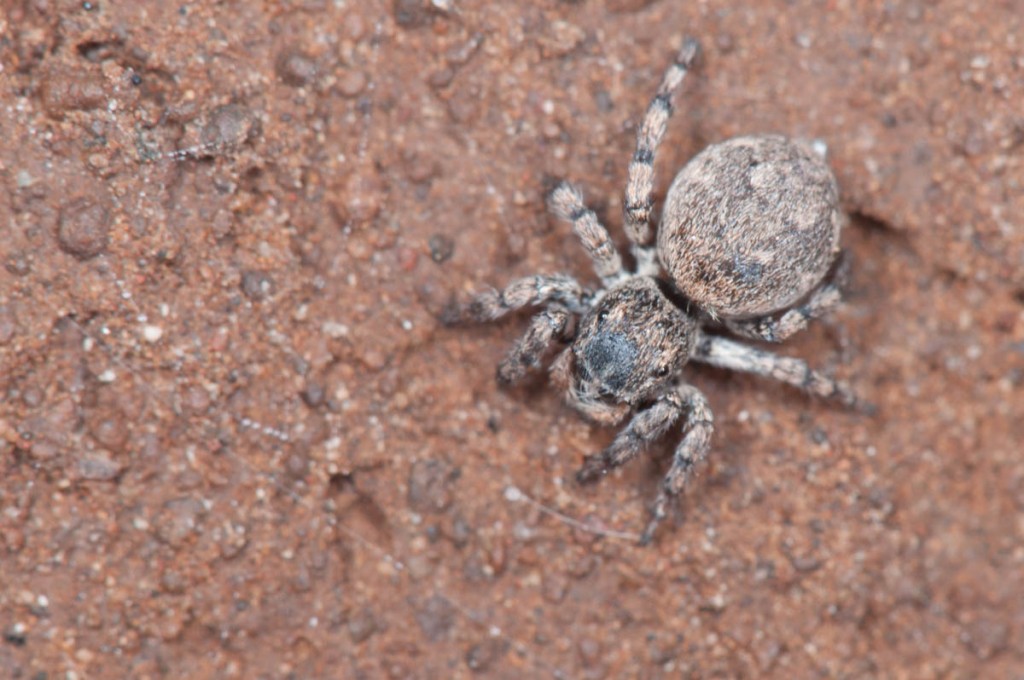
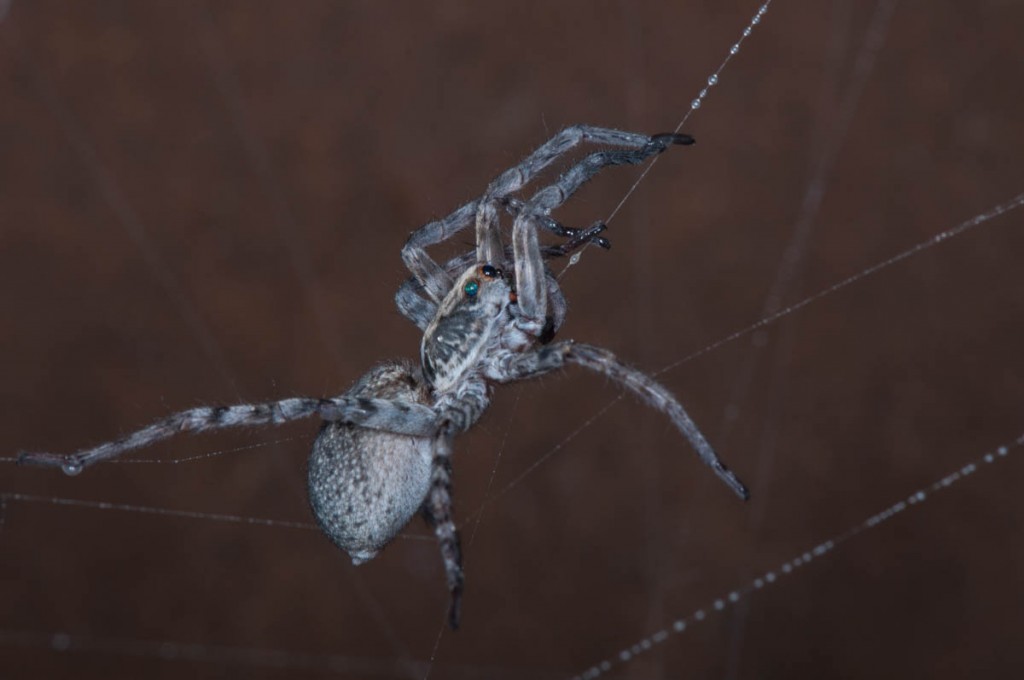
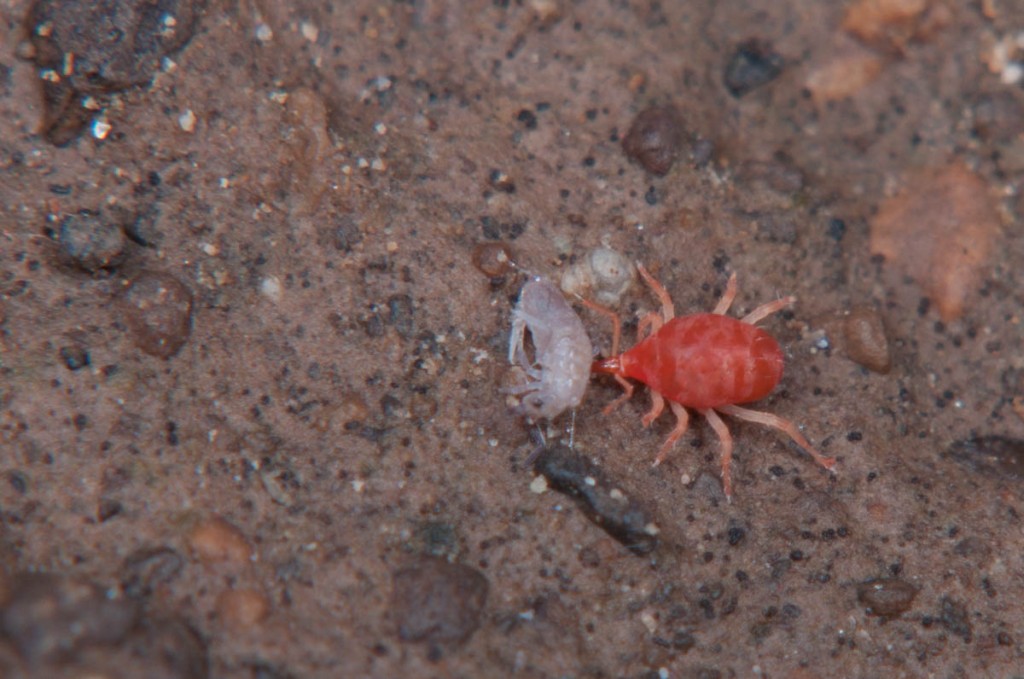
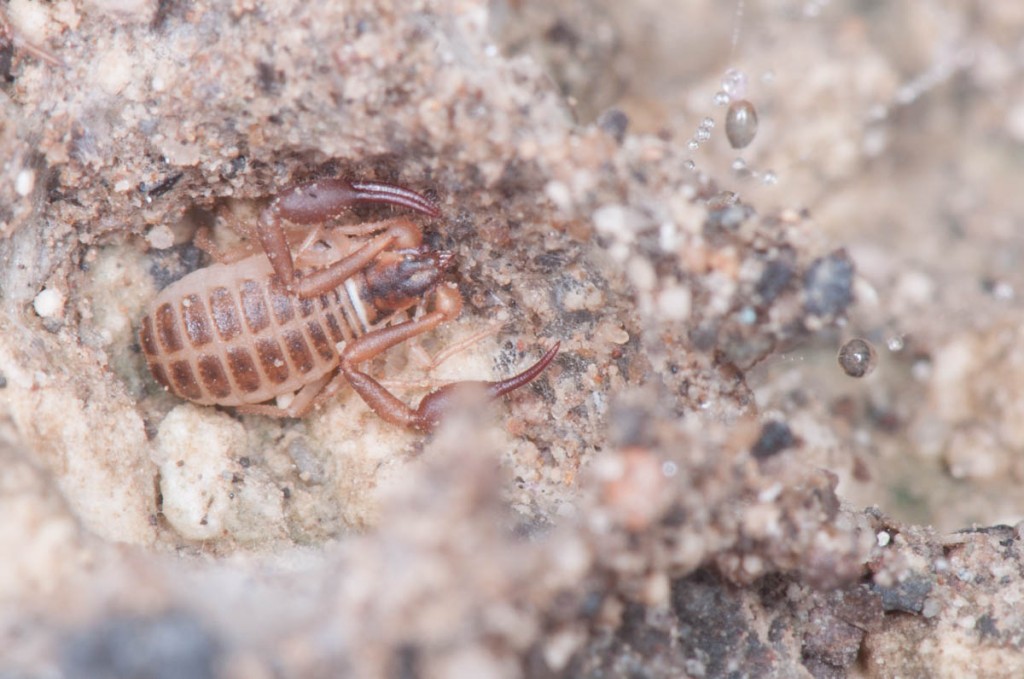
We found mystery burrows with silk and sand doors, cliff-side ant nests and a few other natural mysteries. There were, of course, some Red-Billed Tropicbirds incubating eggs in nests on the cliff face and we even saw an Osprey momentarily as well.
